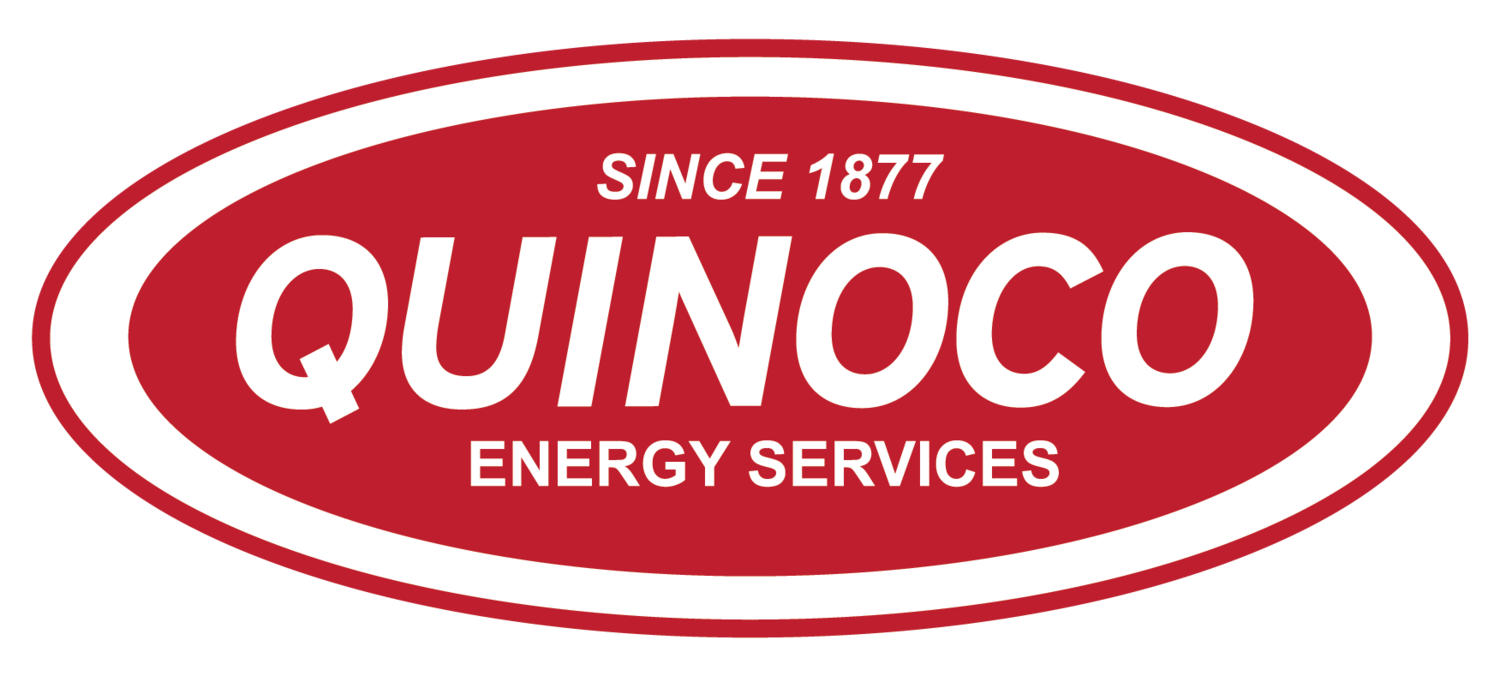At Quinoco, we believe that clean, healthy air is more than just a luxury - it’s an essential part of your home’s comfort and your family's well-being. From air purifiers and ventilation systems to humidifiers and air filters, we have the tools you need to create a healthier home environment - at a price that’s easier on your wallet.
Why Is Indoor Air Quality So Important?
The air you breathe indoors plays a significant role in your health. Poor indoor air quality (IAQ) can have long-term effects on your family’s well-being. Pollutants like dust, pet dander, mold, and chemicals can trigger allergies, asthma, and respiratory issues. In more serious cases, exposure to contaminated indoor air has been linked to conditions like heart disease and even cancer.
At Quinoco, we understand the risks of breathing in polluted indoor air, and that’s why we’re committed to providing solutions that help you and your family live healthier, more comfortable lives. The good news is that improving your IAQ is easier than you think - and it all starts with the right products. Get the right air conditioning installation in Farmington.
Our Indoor Air Quality Products & Systems
We offer a wide range of IAQ solutions, each designed to tackle different indoor air problems. Here are some of our most popular products:
1. Energy Recovery Ventilators (ERVs)
Maintaining healthy, fresh air in your home is essential. Our Energy Recovery Ventilators (ERVs) from brands like Honeywell and Aprilaire provide continuous ventilation while conserving energy. These systems pull in fresh outdoor air, filter out pollutants, and push out stale, contaminated indoor air. By maintaining balanced humidity levels and improving airflow, ERVs can reduce the buildup of allergens and mold. Plus, they help lower your energy bills by making your HVAC system more efficient.
2. Air Purification Systems
AtmosAir air purifiers are designed to eliminate airborne contaminants like bacteria, viruses, mold spores, and allergens. These systems have been lab-tested and proven to reduce the presence of the coronavirus by 99.92% within just 30 minutes of exposure. Whether you’re concerned about everyday allergens or more serious pathogens, these air purifiers offer peace of mind by creating a healthier, cleaner environment at home.
3. Humidifiers
Dry air can be just as problematic as polluted air. It can cause skin irritation, dry sinuses, static electricity, and even damage to your wooden furniture or floors. Aprilaire Humidifiers work to maintain optimal humidity levels in your home, keeping the air moist enough to prevent these issues. Proper humidity not only improves comfort - it can help you breathe easier, especially during the winter months when indoor air tends to be dry.
4. Electronic Air Cleaners
For powerful air filtration, we recommend Trane “Clean Effects” electronic air cleaners. These advanced systems ionize airborne particles, giving them an electrical charge that causes them to stick to specially designed plates. For homes with allergy sufferers, or anyone looking for long-term filtration without the hassle of constantly replacing filters, these air cleaners are a great option.
5. UV Germicidal Lights
Aprilaire UV Germicidal Lamps use UV light to disinfect the air as it passes through your HVAC system. This process kills bacteria, viruses, and mold, helping to keep your home free of harmful pathogens. Additionally, UV lights prevent mold from growing on your HVAC unit’s coils, further improving air quality and efficiency.
6. Media Filters
Media filters are an essential part of maintaining indoor air quality. These filters remove contaminants from the air that cycle through your HVAC system. With high-efficiency particulate air (HEPA) filters, we can trap up to 99.97% of dust, pollen, mold, bacteria, and other airborne particles. As part of our Cooling Protection Plan, we upgrade your filters during annual maintenance to ensure your system is operating at its best.


























